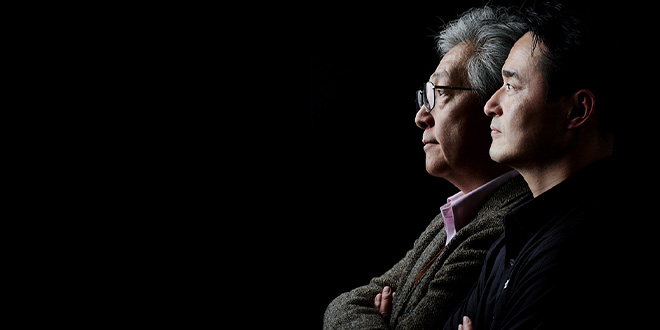Please select your location and preferred language where available.
What potential did world's first manga created in collaboration by humans and AI suggest for the future?
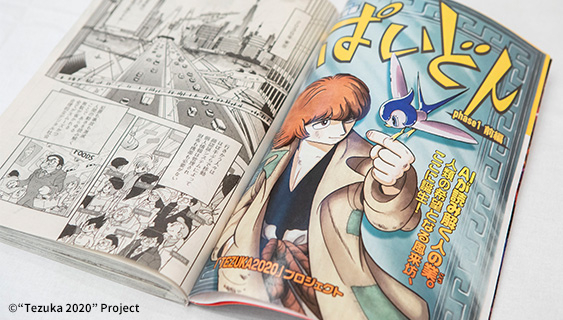
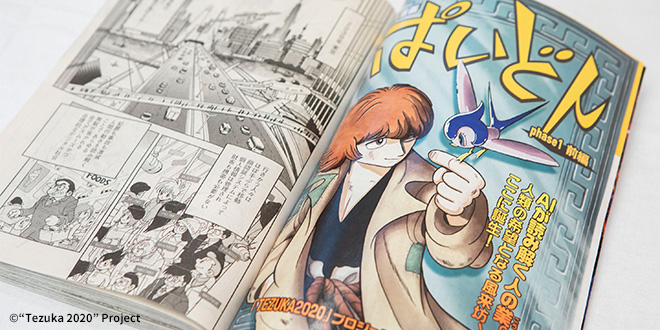
- TEZUKA2020 VOL.6 Future -
February 26, 2020
It will take time for AI to come close to human creativity. With the completion of “PHAEDO”, this project may have reminded us of this reality. At the same time, however, it may be no exaggeration to say that a step toward collaboration between AI and humans has definitely been made.
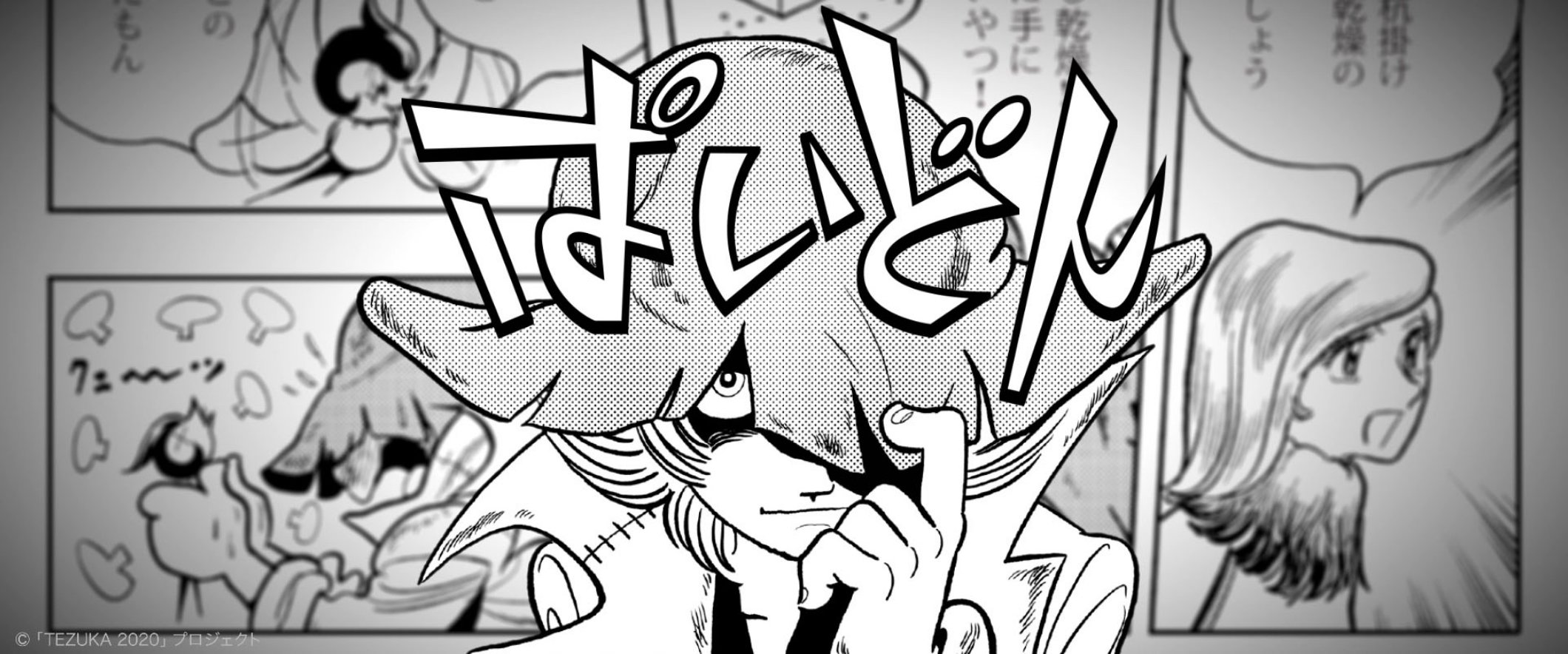
An opportunity for the manga industry to pursue new possibilities.
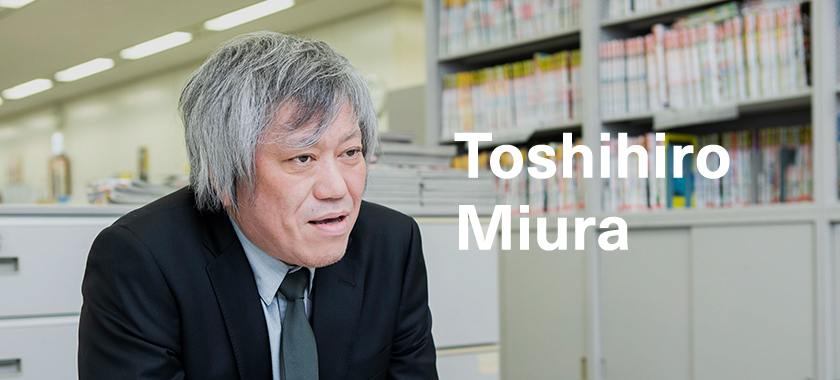
Morning Editor-in-Chief
If an AI artist emerges in the future, I’d like to work with it. I think it’d be very tough.
"Morning" No. 13 (Kodansha), published on February 27, 2020, contained the "PHAEDO" manga comic, which was co-authored by AI and humans. However, there was some drama prior to reaching this point.
"In fact, I even declined it once, because too much human intervention was involved."
That’s the story from Morning Editor-in-Chief Toshihiro Miura. Certainly, it’s not really possible to call "PHAEDO" a "manga drawn by AI." That’s what everyone involved in the project was thinking. So then, why did Miura change his mind about publishing it?
"When I met Prof. Kurihara, he said, 'The more I study AI, the more I realize how incredible humans are.' That’s the same struggle as the fictional Dr. Boynton, who created Astro Boy. That’s when I realized this project could also serve as an analysis of how humans create manga. I was also impressed – I wanted to show that the process of creating an AI which can drawing the manga in these works is in itself a human creative process."
Those were the terms that decided the publication of "PHAEDO." It had to be a discussion not only of the comics, but also the production process. What was Editor-in-Chief Miura’s assessment of the work?
"Some of the characters felt very Tezuka-like. Some of them felt very nostalgic. It is strange to recall how I felt about what the AI had drawn. I believe that the day will come when we’ll be able to distinguish the different touches of various eras—images of the 1960s, 1970s, and 1980s. On the other hand, my impression was that the story was still far from perfect. I thought it was important to discuss everything that AI can do at this current stage, including the drawbacks. The manga industry shouldn’t just be content with maintaining the status quo—it needs to pursue and examine all kinds of new possibilities. And if an AI artist actually does emerge in the future, I’d really like to be responsible for publishing it. Even if you criticized it a bit harshly, it wouldn’t get upset," he laughed.
So how would Tezuka-sensei react if he were alive today? Miura responded: "I think that’s a very interesting question. I guess Tezuka-sensei would probably think that doing things like this would make us better. He created countless manga comics with the theme of, 'Can a robot become human?' And if an AI drew a fantastic manga, then he’d probably try to beat it next time round. It’d probably motivate him: 'Yes, I can do this!' But this is just what I imagine."
Finally, when asked, "Do you think the day will come when an AI could work as a manga comic editor?" Miura gave a wry smile.
"Well, that’s quite the question. If it ever happened, it’d put me in a difficult position. It might even be possible in the near future. Even if it couldn’t do everything, I feel like it might be able to do some parts. For example, in meetings, it would be probably able to depict all the possibilities in response to suggestions from writers. AI is probably also capable of decrypting difficult-to-read handwritten lines received from writers in an instant, then specifying and outputting them in the correct order and typeface. But AI can’t go for a drink with the writers, can it? I guess that’s my edge," he laughed.
Toshihiro Miura
Morning Editor-in-Chief
Born in Tokyo in 1970. After graduating from Meiji University in 1995, he joined Kodansha Publishing. At Weekly Shonen Magazine, he was responsible for "Cromartie High School," "School Rumble," "Sayonara, Zetsubou-Sensei," "A-BOUT!," "Weekly Young Magazine," "Prison School," and more. After serving as Deputy Editor-in-Chief of Weekly Shonen Magazine, he worked as Young Magazine’s Deputy Editor-in-Chief and Evening Editor-in-Chief. His favorite Osamu Tezuka work is "Black Jack." He started collecting it forty years ago and now owns all the volumes.
AI supports human creativity
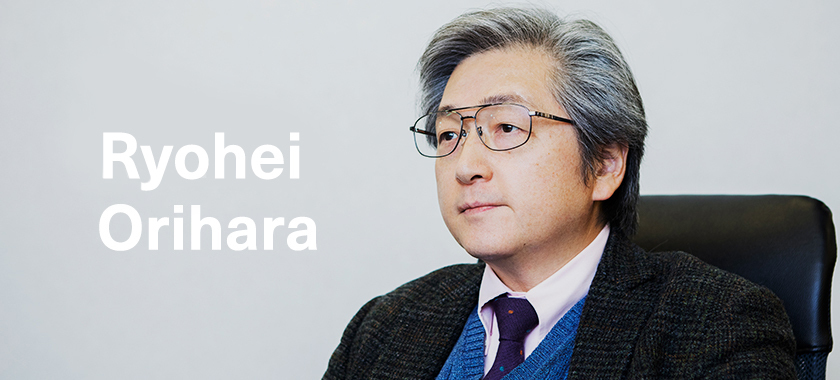
KIOXIA Corporation – Senior Fellow, Digital Process Innovation Center
Having overcome many challenges, "PHAEDO" should be regarded as a historic effort and a new model for creativity support.
Mr. Orihara was actively involved since the beginning of the project, spearheading the "AI–human collaboration." However, when the project actually started, there were many challenges to overcome.
"My initial impression was that plot generation was working better than I expected. But the character generation was especially difficult. With enough digitized data from Tezuka-sensei’s work, I had expected that it would generate a certain quality of output, but..."
The AI used in this project is a well-known technology, used for various applications all over the world. Mr. Orihara was regularly involved with this technology through his work, and knew exactly what it could do. That’s why he was unable to hide his surprise when he was betrayed by AI.
"In the beginning, I was disappointed because the images being generated were not faces. I still remember how Macoto Tezka said, 'I wanted a face, at the very least.'"
Furthermore, the breakthrough brought about by transfer learning was unexpected for Mr. Orihara.
"To be honest, I wasn’t personally convinced of the idea of transfer learning. But I realized that some aspects were still unknown. That’s why deep learning is interesting—because things like this happen. It was really fun to see the characters being created, one after another."
The project moved forward through a daily process of trial and error. What do you think now that you have successfully launched “PHAEDO” to the world? We asked for his honest opinion.
"Research on creativity support, in which AI is used to support human thinking and creativity, like with this project, has been around for a long time. In fact, I was doing it 30 years ago. But at the time, the technology was still in its infancy and the quantity and quality of the data were overwhelmingly inadequate, making it impractical. That’s why as a technical expert, it was very exciting to be able to shape this project in this way. It can certainly be applied to fields other than manga as a model for creativity support. In that sense, I hope that in the future, "PHAEDO" will be a work that remains historic."
Ryohei Orihara
KIOXIA Corporation – Senior Fellow, Digital Process Innovation Center
An expert in AI, he has researched the topic for 34 years and counting since he was in graduate school. In 1988, he graduated with an MA from the University of Tsukuba, majoring in Information Sciences and Electronics. After working for Toshiba Corporation and Toshiba Memory Corporation, he is now the Engineer in Chief for the Digital Process Innovation Center at Kioxia Corporation. He has researched the use of technology to support creativity, machine learning, and data text mining. A work by Osamu Tezuka that left an impression to him is "Phoenix: Future".
The content and profile are current as of the time of the interview (February 2020).
